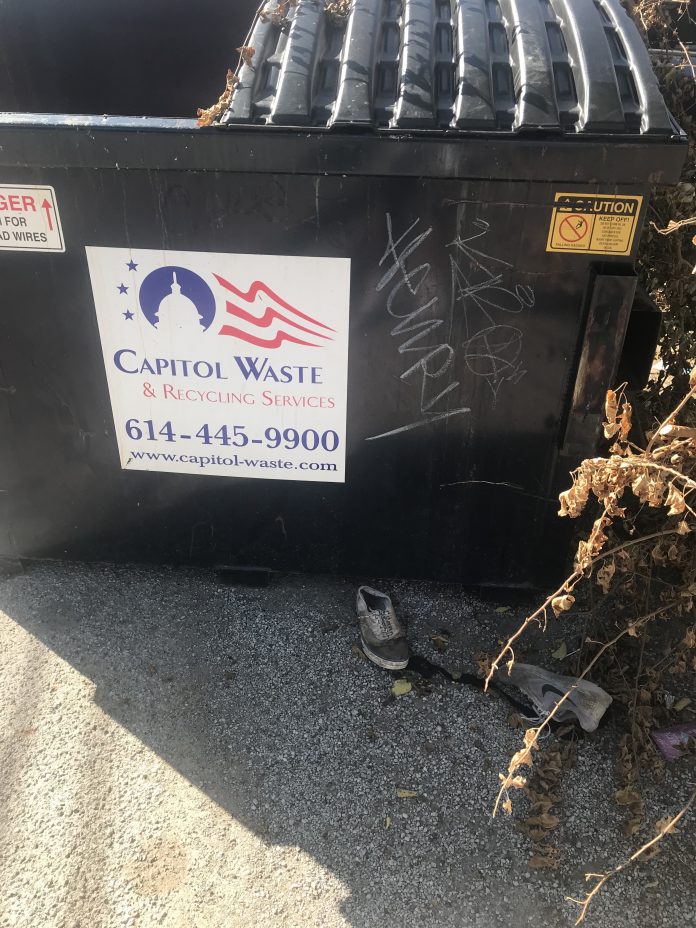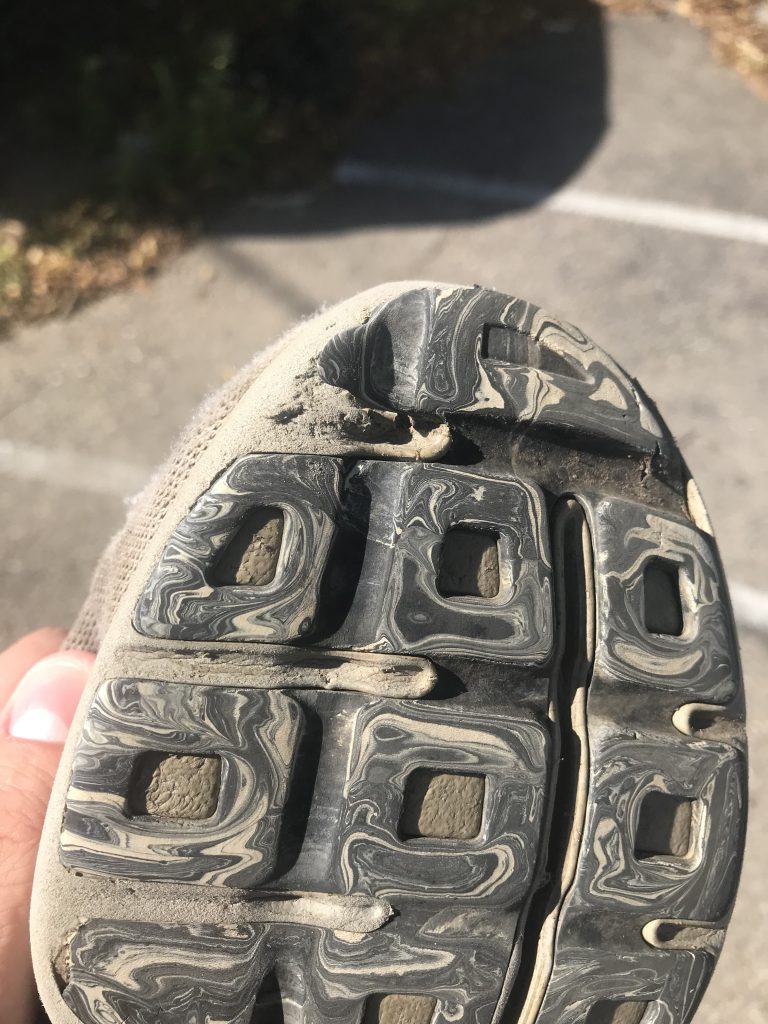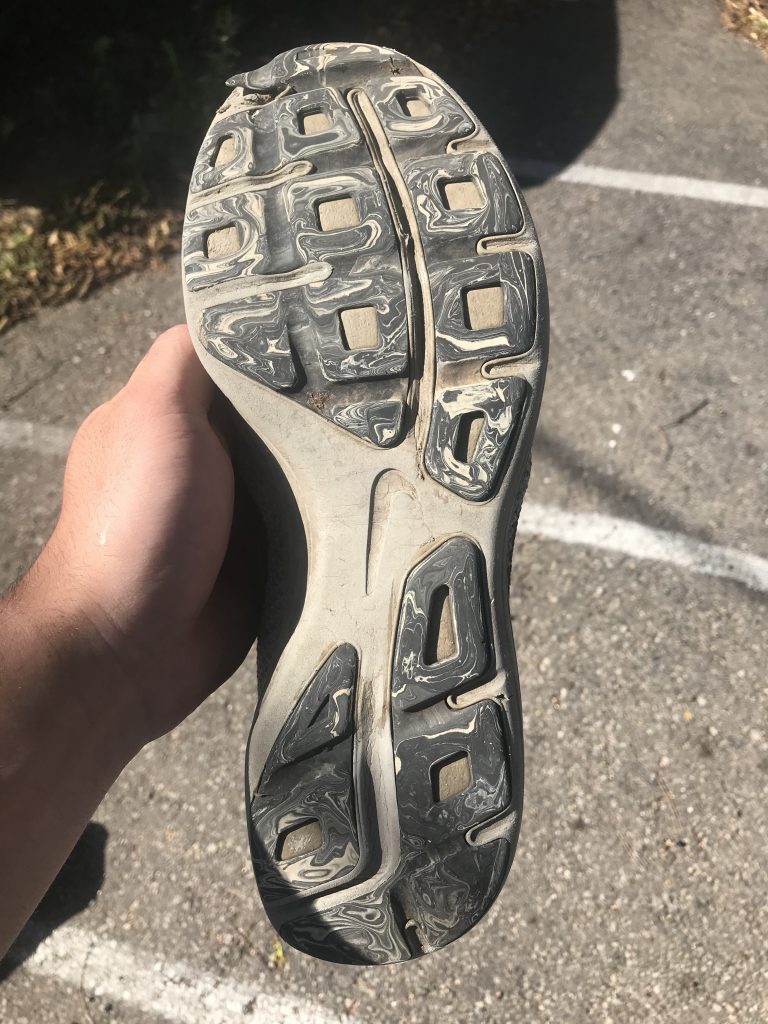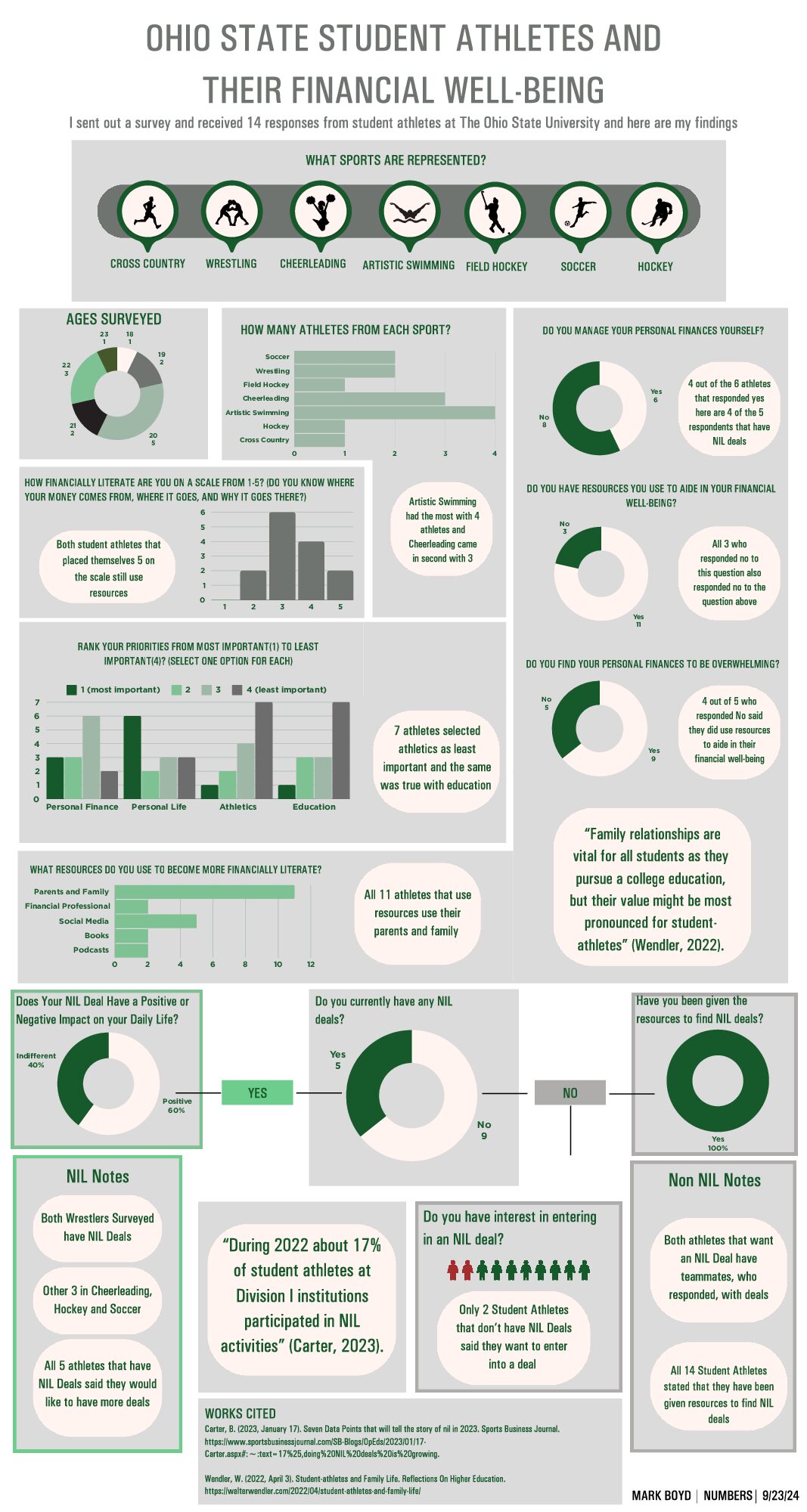The problem with the shoe industry.
There is no doubt that everyone loves getting a fresh new pair of shoes. Whether it’s for the first day of school, a new sport season, or a formal occasion, everyone loves getting a new clean pair of shoes. Most of the time these purchases are unwarranted and are not an absolute necessity, but we live in a consumer world where people buy off of impulse and make purchases to enhance their life, confidence, or social image. Shoe are something that can help with all these categories. In the past decade the shoe industry has dramatically changed. What used to be shoe making for function has now turned into shoe making for “hype”. This has caused many to stockpile shoes, sometimes owning over one-hundred pairs of shoes, with most of them never being even taken out of the box. People impulse buy and often times forget about shoes, and when trends change could easily replace a perfectly good pair of shoes with a newer model. This isn’t all bad though because the shoe industry, specifically sports shoes, has increased fifty five percent since 2017. But with buying into the “hype” there comes an underlying problem. Everyone thinks about what their next shoe will be, but no one ever thinks where your old shoes will go. Most shoes end up in landfills, an estimated three hundred million pairs of shoes made it into landfills last year. From this most of them will be there for the next fifty to one-hundred years. So, it’s time to ask ourselves, how do we bring sustainability into the shoe industry?
Think back to your first pair of shoes. The first pair you ever got. Most likely you’ve outgrown them by now and just tossed them in the trash without even giving it a second thought. There lies the biggest problem in the shoe industry. People are switching out shoes at an unprecedented level. According to a survey I distributed, 50% of college students said they owned between 11-20 different pairs of shoes and of these students 87% said they threw away 1-4 pairs of shoes every year. Why do people switch and throw away so many shoes? It is part of the consumer culture; everyone wants new new new and just trashes the old. But once you stop and think about the environmental impact that shoes have on the world then you might think twice about throwing away your next pair of shoes.
It is estimated that the shoe industry alone last year manufactured 20 billion pairs of shoes. From this close to 300 million pairs will end up in landfills each year. Depending on the shoe type it can take anywhere from 30 years to 1000 years to fully decompose a whole shoe. Think about that. 1000 years. Those first pair of shoes that you got most likely are still sitting in a landfill slowly decomposing. Over the course of a lifetime people will have owned hundreds of shoes. Multiply that by the population of the world and we are quickly destroying our Earth just with what we wear on our feet. Every aspect of a normal shoe is terrible for the environment and is even worse for it as it breaks down. Shoes can be made up of 40 different materials, that is why they are so hard to recycle or reuse. Of the 40 materials close to 30 go through a chemical treatment to change the features of the material. After the materials are ready, the assembly begins with a lot of industrial glue holding the sole to the actual shoe upper. After the short lifespan of the shoe it most likely will be in a landfill for the rest of its days. From here the decomposition starts and all the chemicals used in treating the materials, the industrial glue, and all the manufacturing dyes slowly seep into the Earth’s sole and could end up in the very water we drink every day.
We’ve established that shoes in landfills are terrible for our environment and that in general we should not just throw away our shoes. Instead we should look for alternatives to throwing them away. But what are good alternatives? First of all, shoe can always be donated. According to Forbes, there are close to 300 million people each year that are in need of a pair of shoes. This directly correlates to how many shoes are thrown away each year. So why don’t people do it more often? The reason people refrain from donating their shoes is because of the hassle, it is way easier to throw away a pair of shoes and forget about them then drive to your nearest thrift store or ship them to a foundation that distributes them. The next solution is recycling, recycling shoes still has a long way to go before it is adopted by all major shoe companies. One company at the forefront is Nike with their concept of Nike Grind. This takes old worn out shoes and scraps from their factories and grinds them up into cloth, foam, and rubber piles. From here the old material is melted down and either turned into new shoes or athletic flooring. The problem with these cycles is that the shoe usually cannot be 100% recycled and if they are donated, sure they get an extra few years of life, but will most likely still end up in a landfill.
The final option for saving your shoes from a landfill are cobblers. They fix and restore shoes to brand new condition, whether its resoling a shoe or fixing holes in a leather shoe, they can make your old shoe seem new again. According to Dr. Shoe, a cobbler in Columbus Ohio, cobblers only really work on leather crafted goods. There is literally nothing they can do to fix worn out athletic and sport shoes. This leaves more the 75% of the market unable to fix their shoe. So, what else can they do besides go buy a new pair? This is where a huge problem in the shoe market lies. There is no way to fix the most common type of shoe so no wonder they are being thrown in landfills.
The goal for the shoe industry should be to introduce shoe design to the circular economy. This means that everything that is put into the shoe manufacturing can be disassembled and used again, nothing goes to waste. This is a stretch since most companies are not willing to just change for the environment’s sake, but the shoe industry has to become more sustainable or we are going to keep destroying our Earth one step at a time.







